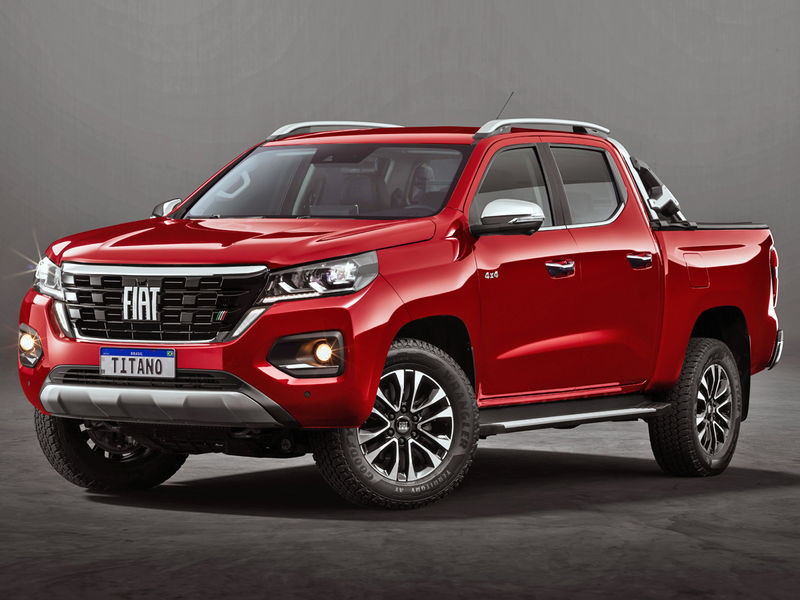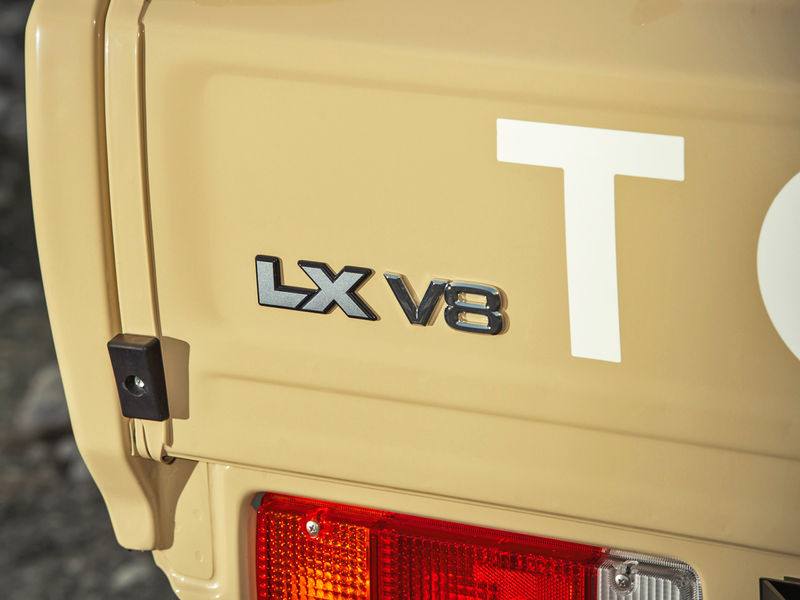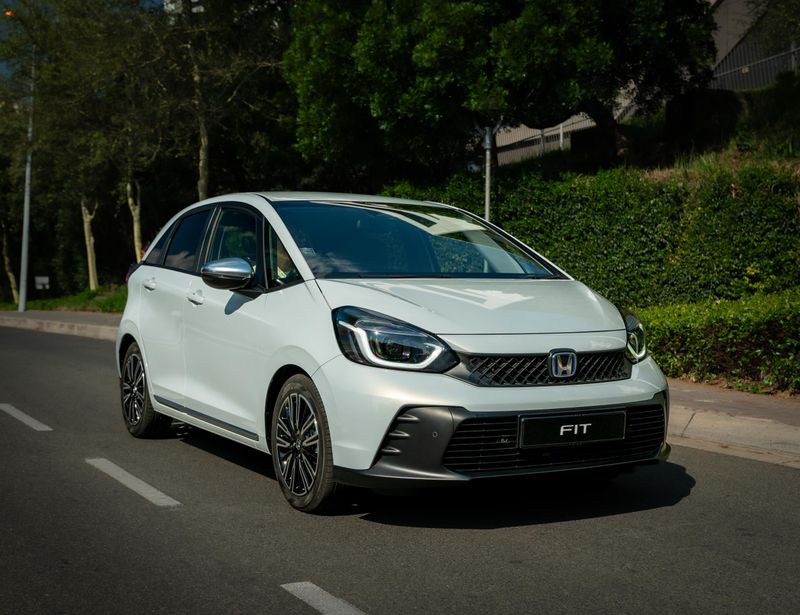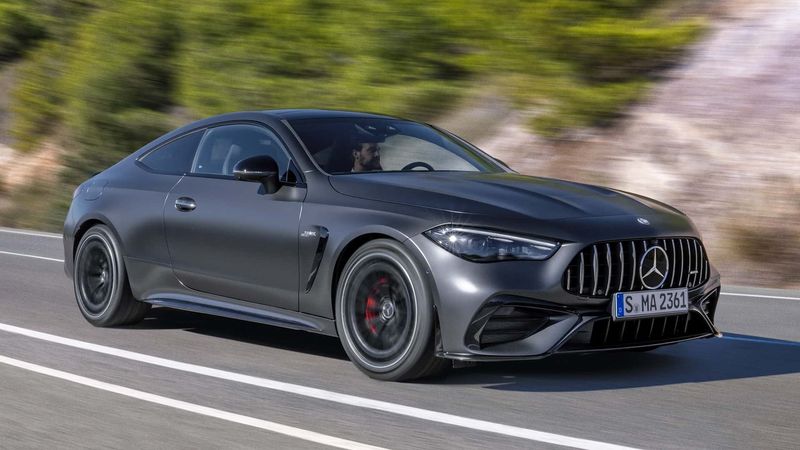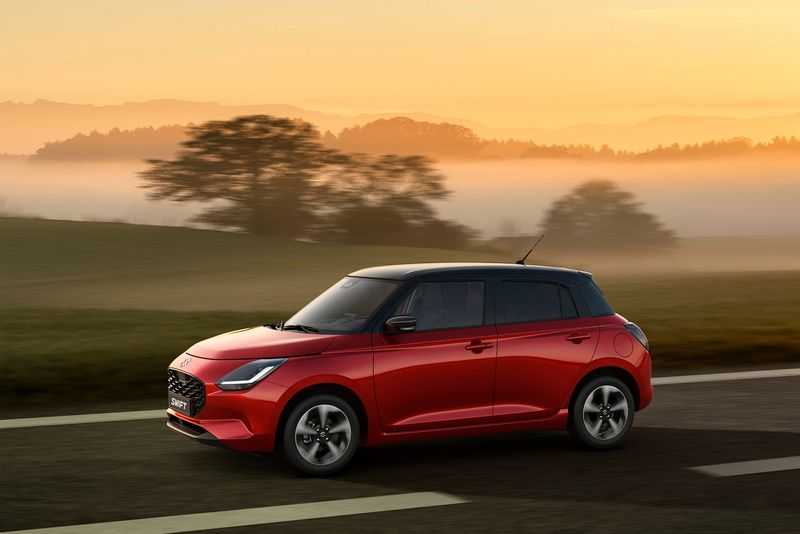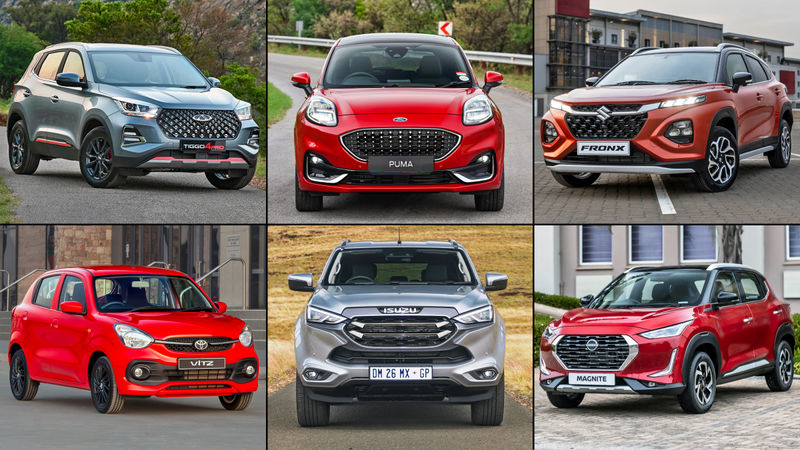

























ForFord South Africa, this generation of Everest is a qualified success. It hasgarnered reasonable sales(although it admittedly hasn't eaten away much of the Toyota Fortuner’s market share) and allowed for local production for both local and export consumption. The economy benefits aside, the pre-facelift Everest offered a more versatile seating arrangement than the Fortuner, a number of additional features and a comfier ride quality. So now, with the introduction of this facelifted model, what has changed in order to improve the big bakkie-SUV?
Own a Ford? Tell us about your experience here.

The changes occur under the skin, but there is a new front grille.
As far as facelifts go, the Everest goes through substantial changes underneath its expansive sheet metal. The new 2.0-litre bi-turbo and single-turbo engines are available in tandem with the 10-speed automatic transmission. If you’re a sceptic of engine downsizing and yearn for that old 3.2-litre 5-cylinder turbodiesel, Ford will still do you one, but only in the 2-wheel-drive version of the XLT derivative.
Read our review of the new Ranger, which also has the new engine and transmission.
The range still consists of XLS, XLT (in 4WDand 2WD) and (top-spec) Limited derivatives. Spec improvements have been made in terms of safety specification and infotainment features. Meanwhile, afew mechanical changes have improved ride comfort and NVH levels, but more on that later…

XLT model uses the bi-turbo engine for the 4×4 version and single-turbo motor for the 4×2 version.
To some prospective buyers, the new engines are likely to be the biggest hurdle to overcomewhen considering an Everest. The Fortuner offers a 2.8-litre turbodiesel and the Mitsubishi Pajero Sport and Isuzu MU-X both offer larger turbodiesel powerplants. Ford’s new 2.0-litre engine range offers more power and more torque than before, and thanks to the 10-speed ‘box can remain at peak torque for longer periods, because the gear ratios are spaced closer together. The 10-speed 'box is also surprisingly quick-shifting and smooth in the way it transitions betweengears.
In application, the bi-turbo-engined Everest we drove during thelaunch event feels more powerful and stronger than the 3.2-litre unit it has superseded. The older engine, in combination withits 6-speedtransmission, felt quite restrained by virtue of its slow shifts and never felt like it was eager to accelerate. The new unit feels much more car-like in its power and torque delivery and smoothly accelerates with much less lag.
In this segment of the market, where many buyers are known to take their vehicles on isolated dirt roads, off-road tracks and expeditions, the reliability of a sophisticated powertrain setup might make certain buyers sceptical. That said, Ford claims to have thoroughly tested these new units extensively for use in our harsh conditions racking up in excess of 6-million kilometres of testing. These are engines built in Africa… for Africa.

New suspension damping makes for a comfier ride that doesn't roll as much.
Of the bakkie-based SUV brigade, the Everest always felt the most comfortable (on-and off-road) to me, and also the biggest,with the most practical interior layout in its segment. In the pursuit of improvement, Ford has rerouted the front anti-roll bar more effectively, allowing its engineers to adjust the Everest's damper setup for a more comforting and bump-soaking ride. Driving on the road from Maun to the edge of the Magkadikadi is an adventure. Never has a dead straight tar road required so much action on the steering wheel. The potholes up here are incredible – in abundance and depth. The Everest Limited comes standard with 20-inch rims, but for this trip, they were all specced with the XLT model’s 18s (an option available to the customer too) and for good reason. The hard hits at speed came and went without incident, the Everest proving particularly good at keeping the knocks out of the cabin. It’s a refined, comfortable ride that sets the Everest up as a clear leader in this department.
These improvements are doubly apparenton gravel roads. We must have covered about 300 km of gravel driving on our aforementioned route and then up to the town of Khwai on the Okavango, much of it harsh washboard gravel at that. Bakkie-based SUVs don’t fare particularly well on this sort of terrain. They often bounce across the bumps, crabbing and sliding and returning a real rickety ride for passengers. The Everest was absorbent and steady over the gravel, a vehicle you could do that sort of mileage off-road and get out without double vision and a slipped disc.
The Everest’s off-roading trump card is its terrain response system;a rotary dial next to the gear lever allows you to dial in the perfect setup for the conditions underfoot (or underwheel, if you want to be pedantic about it). The modes include rock/crawl, sand/mud and a normal mode for tarmac driving. There are also quick and easy to reach buttons to engage low range, diff-lock and traction control.

The Limited interior comes with all the bells and whistles.
The're little doubt theEverest's Sync3 infotainment system is the gold standard for this segment. It’s simple to use, with big, easy-to-press buttons, compatible with Android Auto and Apple Carplay and includes 4×4 Tracks4Africa maps that have all those secret game drive routes logged on them.
Meanwhile, there are 2 USB ports up front, room for your smartphone, keys and drinks, as well as a deep centre console. The door pockets are a little on the small side if you want to storeanything bigger than a 500-mm bottle in them.

Everest remains the biggest and most practical bakkie-based SUV in its segment.
As a 7-seater, passenger comfort is undoubtedly important. The 2nd row of seats is mounted on rails, allowing thebench to slide foreand aftdepending on the occupants'legroom requirements. The Limited spec derivative gets electrically foldable seats for the 3rd row while the XLT makes do with a manual lever. The occupant space available is just about the most you will find in a passenger vehicle this side of a million rand.
It bears mentioning that the Limited derivative cranks up the features on offer with adaptive cruise control, parallel park assistant, front parking sensors, lane-keeping aid and lane-departure warning, auto high-beam assist and blind-spot monitoring all included as standard. The XLT is still probably the sweet spot in the range in terms of value for money; it represents a good balance of compulsory- and nice-to-have features…
The smaller engines still imbue the Everest with a hefty tow rating of 700 kg for an unbraked trailer and 3 100 kg for a braked trailer (bi-turbo). You also get a towbar as standard on the Everest. A Thatcham alarm is also fitted to it in order to deal with recent safety concerns around Ford models.

Parked on the Makgadikgadi salt pan, a trip Everest owners may embark on with confidence.
The facelifted Ford Everest brings widespread improvements to the vehicle; theyreally makea difference. Yes, the styling isn’t much of a departure from the original, but with the mechanical changes and specification updates, the Everest sets itself up as the segment leader in many areas.
The engines are an improvement over the outgoing ones, offering smoother and less draggy acceleration with quicker and less perceptible gear shifts. It’s also more efficient thanks to the reduced capacity and well-considered transmission calibration.
The small anti-roll bar change has had a knock-on effect that has improved to suspension’s ability to soak up bumps and reduce the number of shocks transferred to the passengers, making the Blue Oval's Adventure SUV a good long-distance gravel cruiser.
The Everest also avails the best level of modern tech,both within the cabin and in terms of safety equipment.Let’s hope this is the start of good thingsfor Ford as the brand seems to be trying to improve its reputational damage after Kuga fire-gate and recent media reports on security risks.
All Everest derivatives come standard with a 4-year/120 000km comprehensive warranty, 3-year/unlimited distance roadside assistance and 5-year/unlimited km corrosion warranty. A 6-year/90 000km service plan is included, with services required at 15000-km intervals.
2.2 TDCi XLS 6AT 4×2 – R499 900
2.0 SiT XLT 10AT 4×2 – R584 900
2.0 BiT XLT 10AT 4×2 – R607 600
3.2 TDCi XLT 6AT 4×4– R626 900
2.0 BiT XLT 10AT 4×4 – R669 500
2.0 BiT Limited 10AT 4×4– R741 100
